It is common knowledge that water and electricity when coming in contact with each other can be quite dangerous. So what happens to electric fences when it rains? Does rain affect them? Here's what we discovered after scanning the web.
Rain doesn't affect your electric fence. It will still operate normally since rain falls in the form of drops. Raindrops do not pose any threat to the fence because of their small size. However, if the insulators aren't working properly, your fence may drop some voltage.
So how does rain dangerously affect electric fences? Also, what things should you avoid doing when you have an electric fence? What powers it? Read on to know more about these topics. Let's also delve into how this fence works, the pros and cons of using it, and how to install it.

How Does Rain Dangerously Affect An Electric Fence?
Although the rain should not have caused any problems with your electric fence, the water flow caused by the rain could have.
In addition, the right weather conditions can promote vegetation to grow or climb onto your fence. And when these plants get wet, it could cause your fence to short.
How Does An Electric Fence Work?
When an animal touches an electric fence, it completes an electrical circuit. Power is converted into a transient high voltage pulse by a component known as a power energizer.
The energizer creates a high voltage pulse by converting either mains or battery electricity. The pulse is quite brief, and it is repeated once every second or so. This pulse, sometimes known as a shock, is felt by the animal as it approaches the barrier.
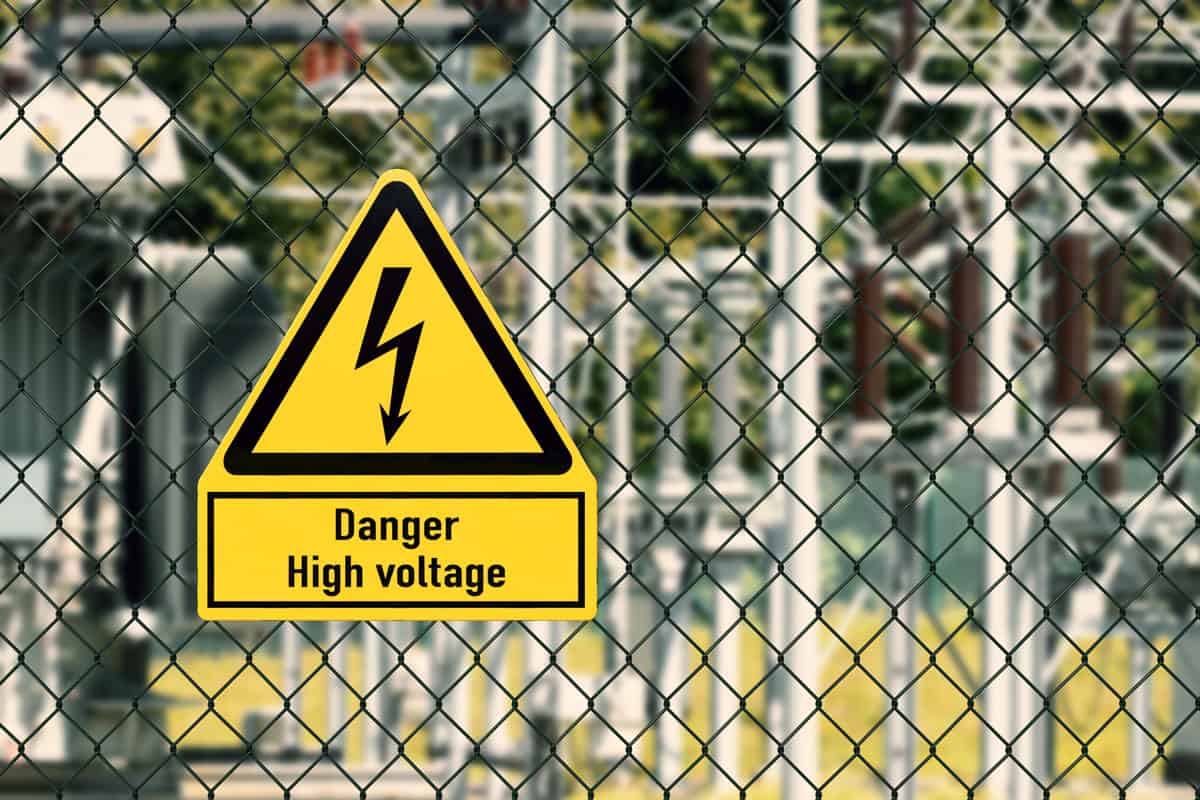
What Are Electric Fences Made Of?
Now that you know how an electric fence works, let's move on to what it's made of. An electric fence is composed of the following:
- Energizer
- Conductor Wire
- Reels
- Posts and Stakes
- Insulators
- Earth Stakes
- Fence Tester
How Important Is An Energizer For An Electric Fence?
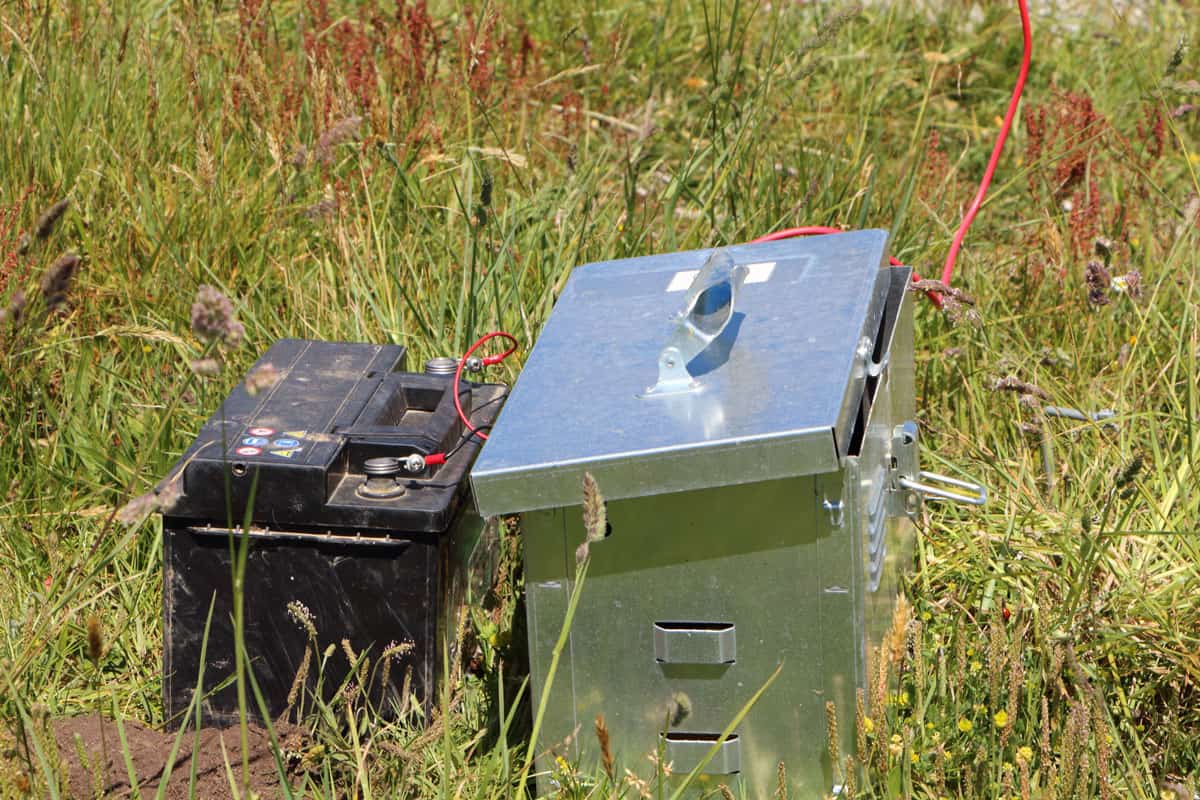
Energizers are the powerhouse behind your electric fence. The energizer transforms electricity from the mains or a battery into regular high voltage electric current pulses that travel the length of the fence. Each pulse lasts a fraction of a second and produces about one-second intervals.
What Are The Types Of Conductor Wires Used In Electric Fences?
The most commonly used wires for electric fencing are:
- Steel wire (single or multi-stranded)
- Polywire or polyrope
- Polytape
- Polybraid
- Electrified Netting
Steel Wire
Steel wires are strong, long-lasting, and extremely efficient at conducting electricity. However, steel wire is heavier than other materials and is ideally suited for a permanent or semi-permanent fence.
Polywire or Polyrope
Polywires are intended for temporary fencing and strip grazing, however, polyrope, which is more durable, can be used for permanent fences.
Polytape and Polybraid
Polytape and polybraid are woven ribbons made of stainless steel wires and polythene threads that are available in a variety of thicknesses and colors.
You can use these wires for permanent and temporary fences since they are highly visible, although they are more vulnerable to severe winds.
How Do Insulators Work In An Electric Fence?
Insulators keep the fence wires from touching the post or stake, preventing energy leakage.
End-strain insulators, also known as anchor insulators, take the strain of the wire at the end of the fence line or corners. Separate insulators are not required for poly stakes constructed of non-conductive plastic.
Why Does An Electric Fence Need Earth Stakes?
When an object completes the circuit by touching the fence, earth stakes are placed into the ground and connected to the energizer, ensuring that the power returns through the ground and back to the energizer. Correctly earth all electric fences to function properly.
Can You Charge An Electric Fence With Solar Power?
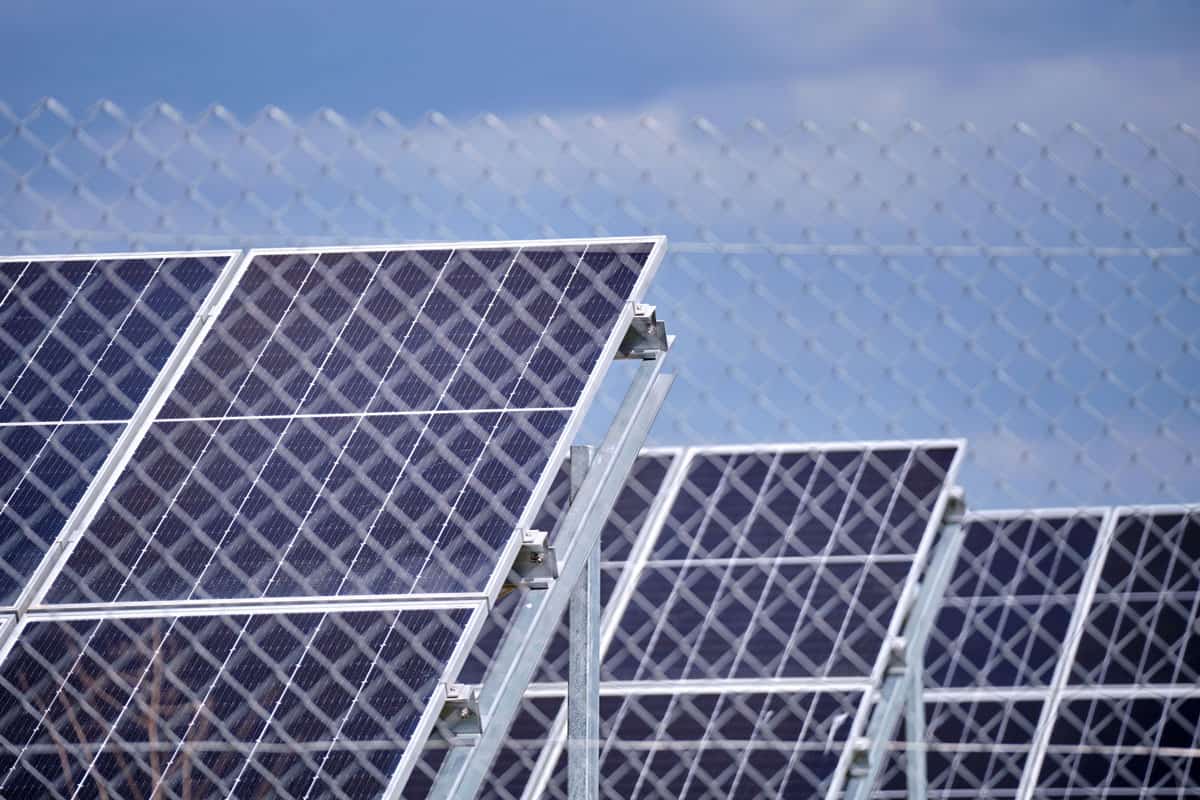
Yes, you can. Solar fence chargers are an excellent way to use solar energy to charge and keep an electric fence running.
This power source can be utilized in rural locations or on farms because it does not require grid electricity, making it ideal for individuals who wish to keep their livestock secure from predators without having to worry about the costs of upkeep.
Another benefit of using solar power is its use of green energy.
What Are The Pros And Cons Of Using Electric Fences?
If you are still hesitant to go for an electric fence, here are some pros and cons to help in your decision:
Pros
- Superb security
- Easy to install
- Durable and can last for many years
- Low maintenance
- Easy to integrate into existing structures
Cons
- Needs regular maintenance
- Requires a few rules and regulations from your local area before installation
- Regularly maintain surrounding vegetation
How To Install An Electric Fence?
Installation of an electric fence has three parts:
- Planning and layout
- Fence set up
- Line testing
1. Planning and Lay-outing
Before starting, you first need to plan your fence, how big it should be, and the wire spacing and gauge required for electric fencing installation.
Then determine the number of brace corners you'll require. With six or fewer lines, one brace will suffice at the ends and corners. Seven or more lines require a double brace.
In addition, you'll need to have a lot of posts, particularly if you're planning to build a large fence. You can either choose wood or metal.
You'll also need a charger to keep the fence wires powered up with electricity. Remember, electric chargers require AC outlets.
2. Fence Setting Up
Now that you have planned and designed your fence, it is next time to set up your fence. To do this, you must:
- Put your charger in place.
- Install grounding stakes.
- Attach a grounding wire and secure it with a grounding clamp.
- Place your fence posts in place.
- Install corner and gate braces.
- Install the insulators.
- Attach wires to the post using connector clamps.
3. Line Testing
After setting up your fence, the next step is line testing. To test the lines, you can follow these steps:
- Switch on the charger.
- Connect a jumper wire to charge the line.
- Do a voltage recheck.
- Schedule regular current checking.
- Remove weeds and shrubs from your fence.
How Many Volts Should An Electric Fence Be?
An electric fence's voltage should range from roughly 2000 to 10,000 volts. The maximum voltage authorized by international laws is 10,000 volts.
A lower voltage would be employed for a broader shocking distance range. A larger voltage would be utilized for a more severe shock.
Is It Possible For An Electric Fence To Catch Fire?
In rare circumstances, such as dry weather or an incorrectly built fence, an electric fence might spark a fire. However, if your fence is properly installed and maintained, you should be protected from fire.
How To Maximize Your Electric Fence?
Here are some tips to maximize your electric fence to its full potential:
- Choose the right energizer for your land and electric fence requirements.
- Give your wiring some flexibility.
- Choose and utilize a high-quality insulator.
- Keep an eye on the post spacing.
- Create a solid grounding system.
How many ground rods does an electric fence require?
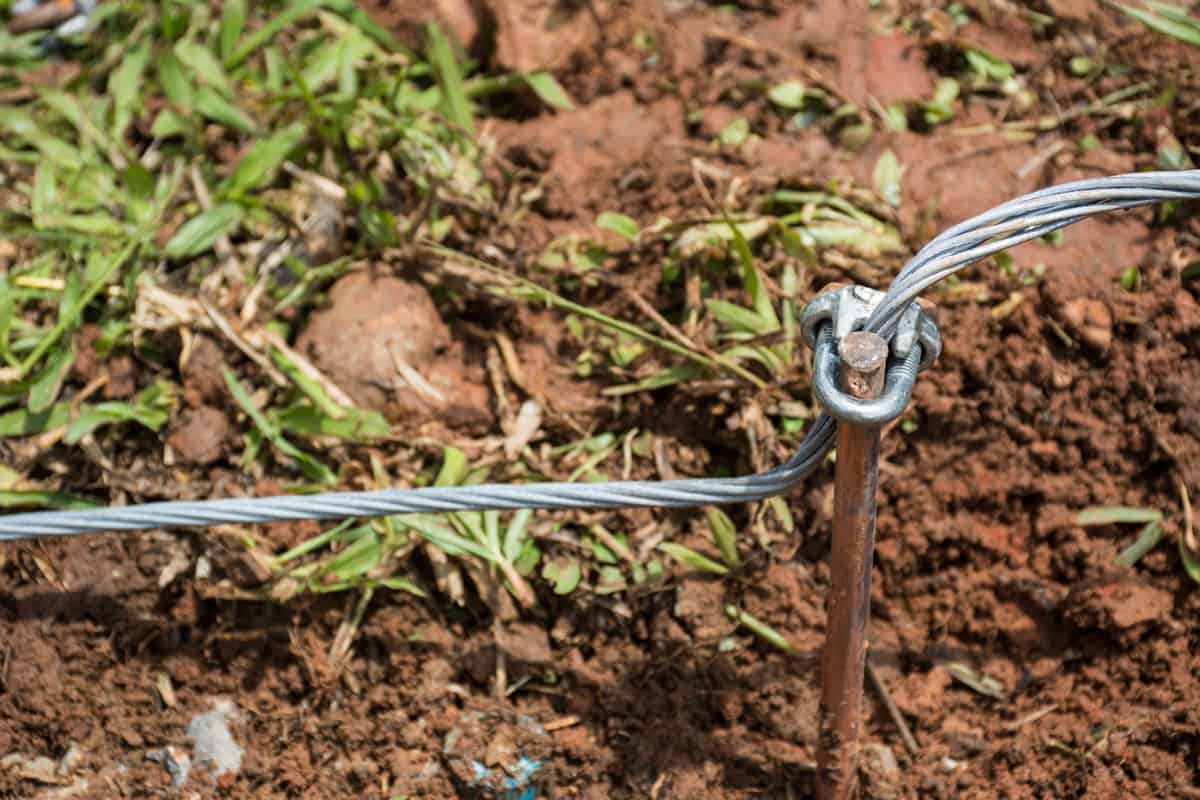
For most fences including electric fences, 2-3 grounding rods spaced 10 feet apart near the fence's starting point are commonly employed.
Remember to keep these ground rounds away from telephone wires and other utilities that could cause interference.
What Are The Don'ts In Having An Electric Fence?
Here are the things you must avoid to keep your electric fence in good condition:
- Inadequate grounding
- Use metals of various types
- Insufficient animal training (if the fence is on a farm)
- Fence posts spacing too near
- Excessive wire tie-off
- Too tight tying of wires to each post
- Putting up new fences next to old fences
- Bottom wire comes into contact with damp, thick foliage
- Low-quality insulators
- Too tight staples
- Solar panels facing away from the sun
- High-tensile wire kinks
- In-line strainers installed near each other
- Wires that are too close together
- Absence of a voltmeter
- Too small wire size
- Weak charger
In Closing
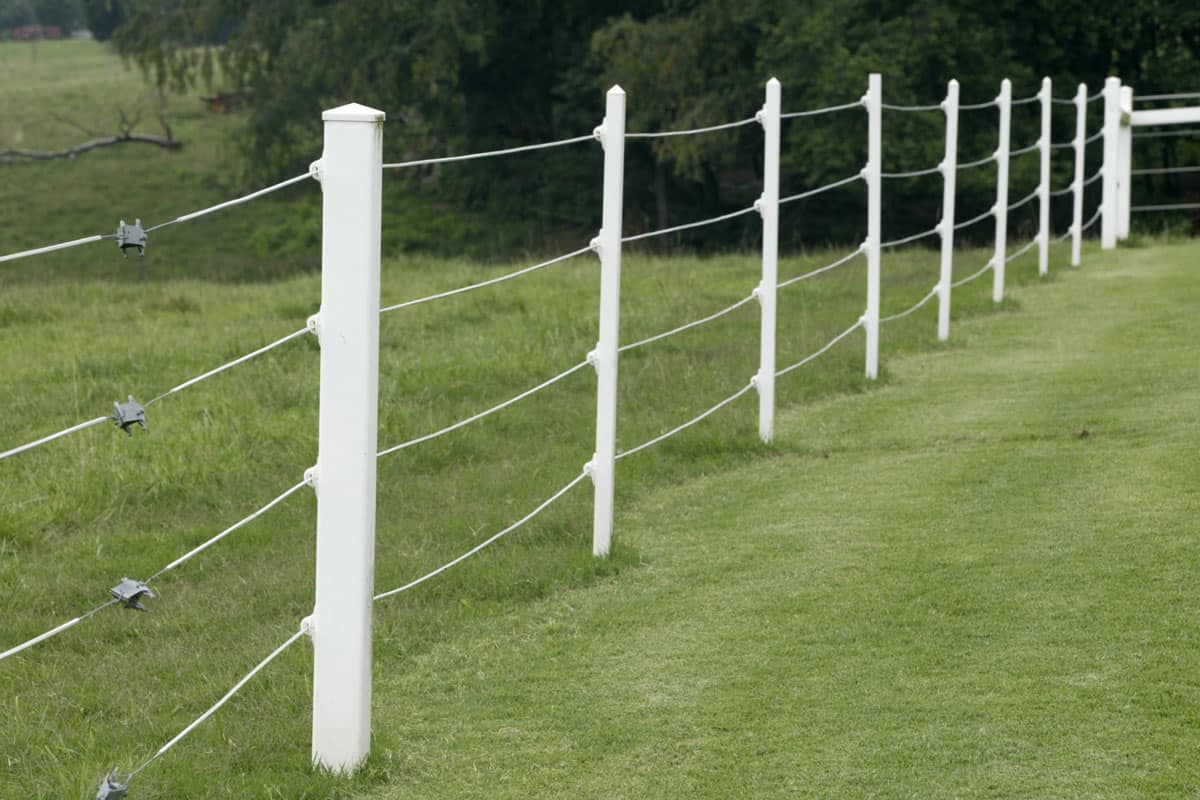
Electric fences, as scary as they seem to be, are one of the great fencing options available. With proper care and maintenance, your electric fence will come a long way. And if you're concerned about its effect when subjected to rain, don't worry, it will still function well.
Before you leave, you can check these articles on this page:

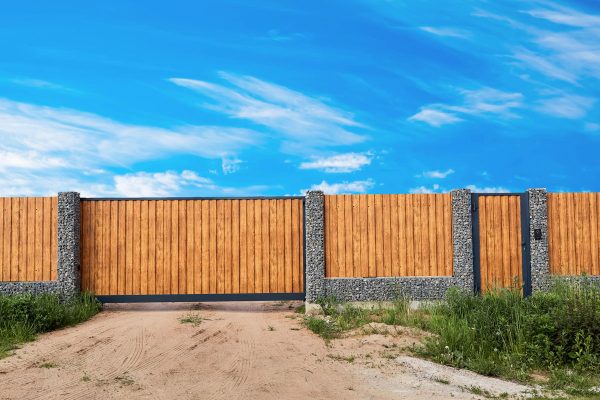
![Close board fence erected around a garden for privacy with wooden fencing panels, concrete posts and kickboards for added durability, Are Gravel Boards Treated? [And How Long Do They Last]](https://fencefixation.com/wp-content/uploads/2022/06/Close-board-fence-erected-around-a-garden-for-privacy-with-wooden-fencing-panels-concrete-posts-and-kickboards-for-added-durability-600x400.jpg)
![Wooden fence with green lawn and trees, Stepped Vs. Racked Fence Installation [Where & How To Use Each]](https://fencefixation.com/wp-content/uploads/2022/06/Wooden-fence-with-green-lawn-and-trees-600x400.jpg)